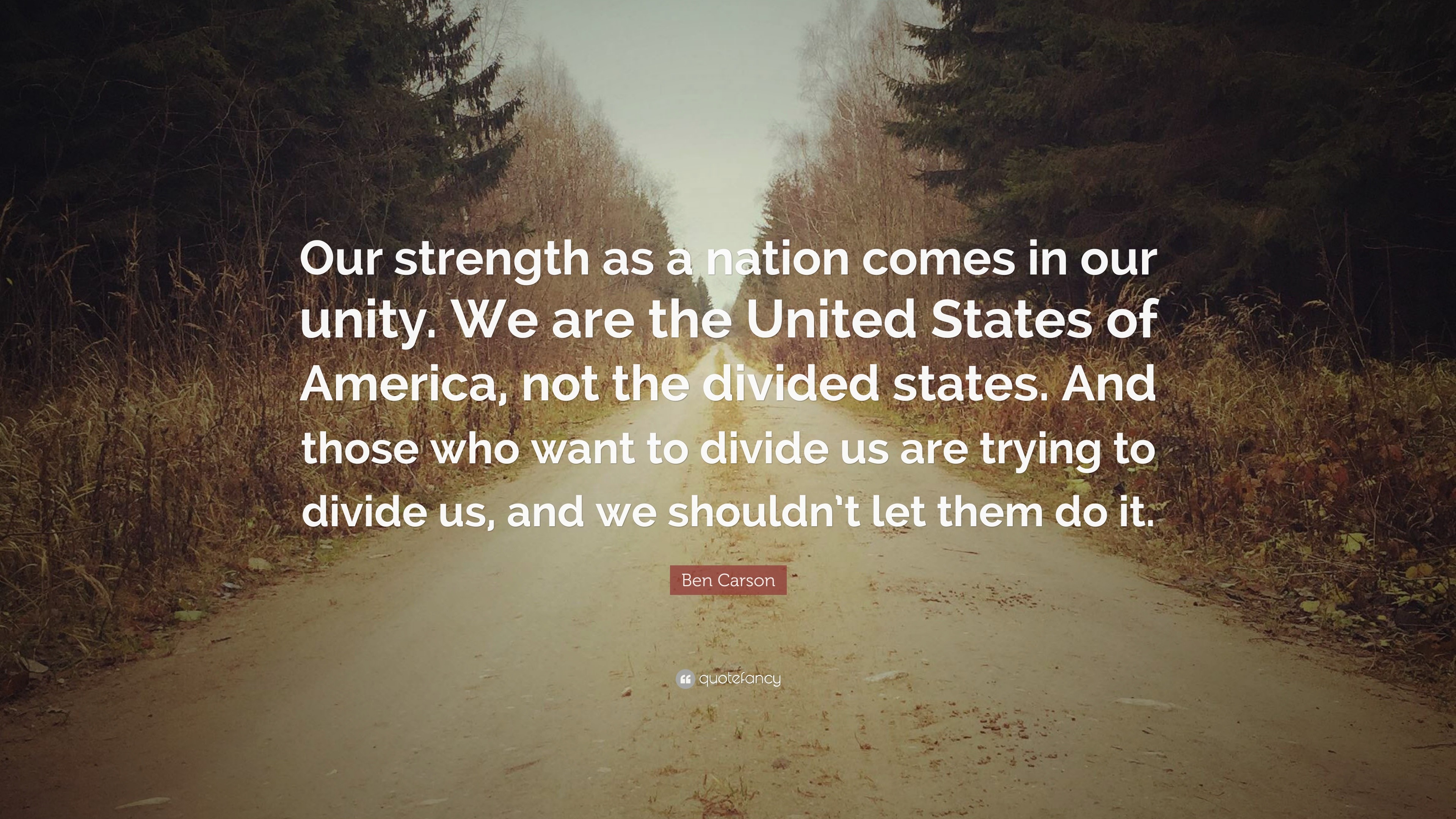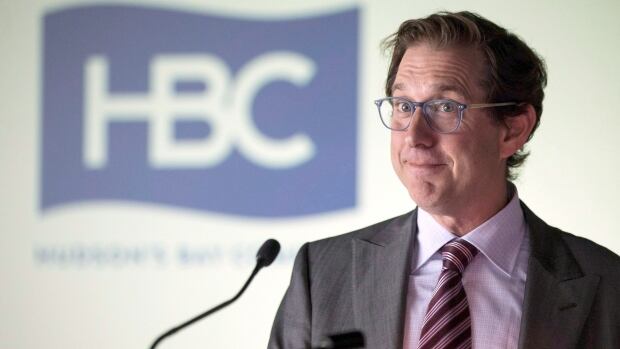Current Attitudes Toward King Day: A Nation Divided

Table of Contents
Varying Interpretations of King's Legacy
King's enduring legacy continues to inspire and challenge, yet its interpretation remains a contested terrain.
King's Message of Nonviolent Resistance: How is it Understood and Applied Today?
- Different Interpretations: While widely admired, the philosophy of nonviolent resistance is understood and applied differently across various groups and contexts. Some view it as a strict adherence to pacifism, while others see it as a strategic tool within a broader struggle for social change.
- Relevance to Modern Social Movements: The Black Lives Matter movement, for instance, has drawn inspiration from King's tactics, albeit often employing different methods. Many modern movements utilize digital activism alongside physical demonstrations, reflecting the evolving landscape of social justice activism.
- Challenges to Application: Critics point to instances where nonviolent resistance has been met with brutal repression, questioning its efficacy in the face of systemic violence and oppression. The historical context of King's activism, including the immense violence faced by the Civil Rights movement, often gets overlooked in contemporary discussions.
The Economic Justice Aspect of King's Vision: Often Overlooked?
King's vision extended beyond racial equality to encompass economic justice. His "Poor People's Campaign" highlighted the interconnectedness of racial and economic inequality.
- Ongoing Struggle for Economic Justice: Despite significant progress, the US continues to grapple with stark economic disparities. Racial wealth gaps remain enormous, with Black and Hispanic families holding significantly less wealth than white families.
- Connection Between Racial Inequality and Economic Disparity: Studies consistently demonstrate a strong correlation between race and economic outcomes. Systemic racism has historically limited opportunities for Black Americans, perpetuating cycles of poverty and inequality. For example, data from the US Census Bureau reveals persistent income disparities based on race.
- Statistics on Wealth Inequality and Racial Disparities: The Federal Reserve's Survey of Consumer Finances regularly publishes data illustrating the vast racial wealth gap. These statistics are crucial in understanding the enduring legacy of economic inequality, a key aspect of King's vision often underemphasized.
Political Polarization and King Day Observances
King Day has become a focal point for political discourse, often reflecting broader societal divisions.
King Day as a Battleground for Political Ideologies
- Utilizing King's Legacy: Different political groups selectively invoke King's legacy to support their agendas, sometimes twisting his message to fit contemporary political debates. This selective appropriation can distort the true scope and complexity of King's message.
- Controversial Statements and Actions: Instances where politicians or public figures make controversial statements on King Day or engage in actions contradicting King's principles often spark public debate and highlight the politicization of the holiday. These instances highlight the complexities of interpreting and applying King's legacy in the current political climate.
The Role of Social Media in Shaping Perceptions of King Day
Social media significantly shapes public perception of King Day.
- Amplifying Differing Viewpoints: The speed and reach of social media amplify both positive and negative interpretations of King's legacy, contributing to a complex and often contentious online discourse. Social media allows for a rapid dissemination of information, but also for the quick spread of misinformation.
- Spread of Misinformation: The ease of sharing misinformation online can distort public understanding of King's message and the historical context of the Civil Rights Movement. This necessitates critical engagement with online sources and a commitment to fact-checking.
- Impact of Online Debates on Public Opinion: Online debates surrounding King Day can significantly impact public opinion, particularly among younger generations who heavily rely on social media for information and engagement.
Generational Differences in Understanding King Day
Attitudes toward King Day vary across generations.
Younger Generations' Perspectives on King's Legacy and its Relevance Today
- Engagement with King's Message: Younger generations engage with King's message in diverse ways, often using social media and digital platforms to promote social justice. They approach the topic with their own experiences and contemporary understanding of systemic racism.
- Understanding of Systemic Racism: Many young people possess a deeper understanding of systemic racism and its manifestations in contemporary society than previous generations. This often leads to a more critical examination of King’s legacy, both its successes and limitations.
- Involvement in Social Justice Movements: Younger generations are actively involved in a variety of social justice movements, demonstrating their continued commitment to fighting for equality and social justice, drawing inspiration from King's activism and adapting it to current realities.
Bridging the Generational Gap in Understanding King's Vision
- Improving Education on King's Legacy: Comprehensive and inclusive education is crucial in ensuring that King's message remains relevant across generations. This requires a critical examination of King’s life and work, alongside an honest and complete acknowledgement of the persistent challenges to racial justice in the US.
- Role of Community Engagement: Community-based initiatives and intergenerational dialogues can foster understanding and bridge the generational gap in interpreting King's legacy. This includes promoting active participation in social justice work and fostering meaningful conversations.
Reflecting on Current Attitudes Toward King Day and Looking Ahead
Current attitudes toward King Day reveal a range of interpretations, reflecting the ongoing complexities of race and equality in America. The holiday serves as a potent reminder of the continued struggle for social justice, highlighting the need for ongoing dialogue and action. The varying interpretations of King's legacy, the politicization of the holiday, and generational differences in understanding all underscore the need for continued critical reflection. Let’s strive to understand the diverse perspectives on this important holiday and continue the conversation about current attitudes toward King Day. Learn more about Dr. King’s life and work to better understand the ongoing fight for racial justice, and actively participate in promoting social justice and equality – ensuring that King's dream remains a vital force in shaping a more just and equitable future.

Featured Posts
-
 Canadian Tire Acquisition Of Hudsons Bay Potential Benefits And Risks
May 18, 2025
Canadian Tire Acquisition Of Hudsons Bay Potential Benefits And Risks
May 18, 2025 -
 Snl Audience Outburst Ego Nwodim And Weekend Update Hosts Stunned
May 18, 2025
Snl Audience Outburst Ego Nwodim And Weekend Update Hosts Stunned
May 18, 2025 -
 Is The Osama Bin Laden Manhunt Documentary Available On Netflix
May 18, 2025
Is The Osama Bin Laden Manhunt Documentary Available On Netflix
May 18, 2025 -
 Pokhorony Po Uestovski Instruktsiya Vdokhnovlennaya Pashey Tekhnikom
May 18, 2025
Pokhorony Po Uestovski Instruktsiya Vdokhnovlennaya Pashey Tekhnikom
May 18, 2025 -
 Renovation Nightmare Finding Solutions With A House Therapist
May 18, 2025
Renovation Nightmare Finding Solutions With A House Therapist
May 18, 2025
Latest Posts
-
 2025 Nfl Draft Expert Assessment Of Patriots Future
May 18, 2025
2025 Nfl Draft Expert Assessment Of Patriots Future
May 18, 2025 -
 Stephen Miller A Contender For The Nsa Position
May 18, 2025
Stephen Miller A Contender For The Nsa Position
May 18, 2025 -
 Patriots Future Nfl Analyst Weighs In After 2025 Draft
May 18, 2025
Patriots Future Nfl Analyst Weighs In After 2025 Draft
May 18, 2025 -
 Nfl Analysts Bold Prediction Patriots Post 2025 Draft Status
May 18, 2025
Nfl Analysts Bold Prediction Patriots Post 2025 Draft Status
May 18, 2025 -
 The Stephen Miller Nsa Connection A Deep Dive
May 18, 2025
The Stephen Miller Nsa Connection A Deep Dive
May 18, 2025
